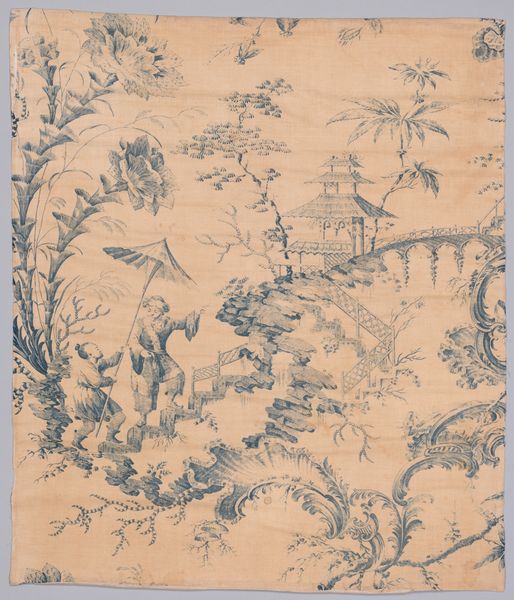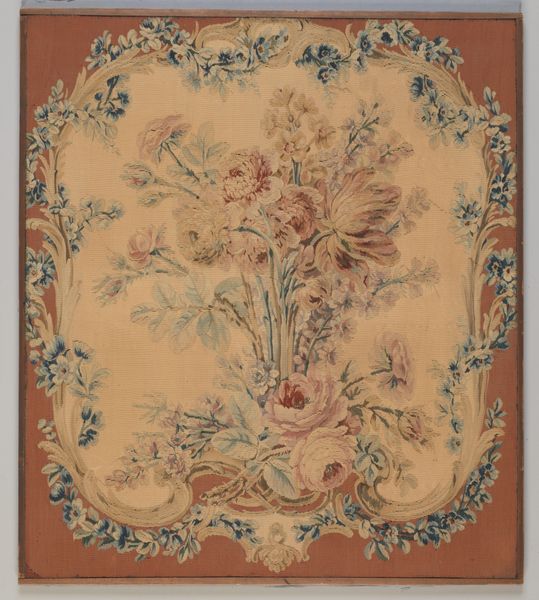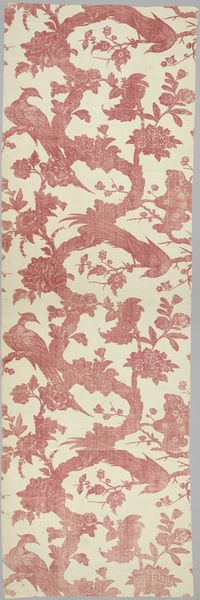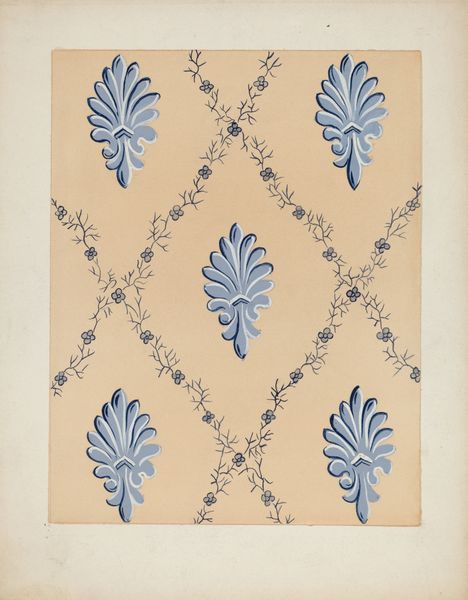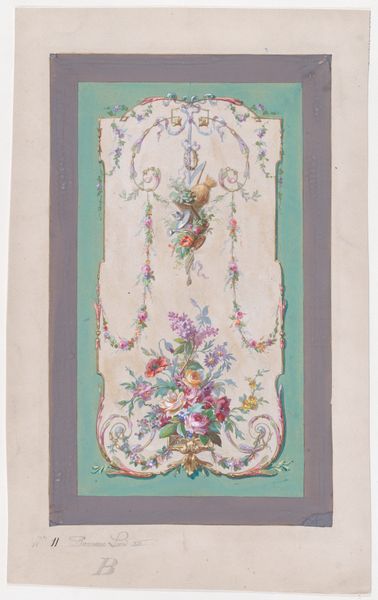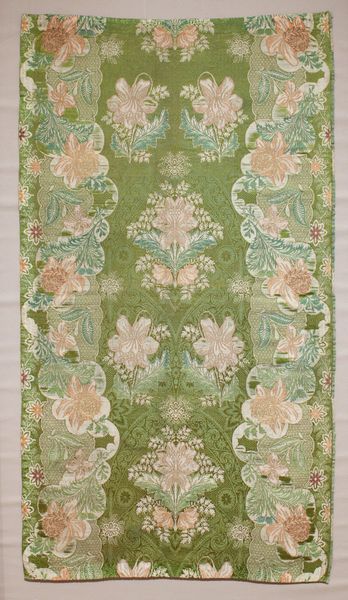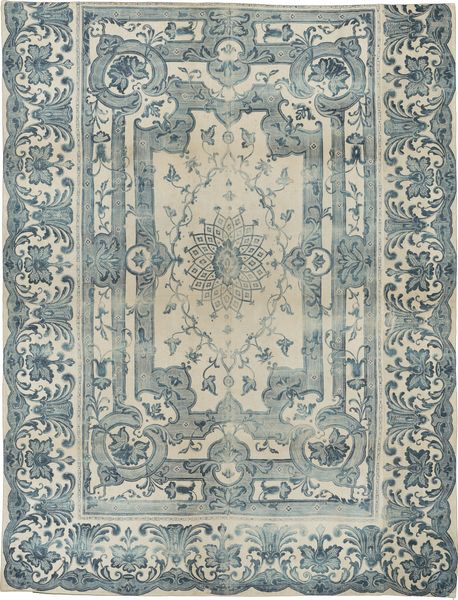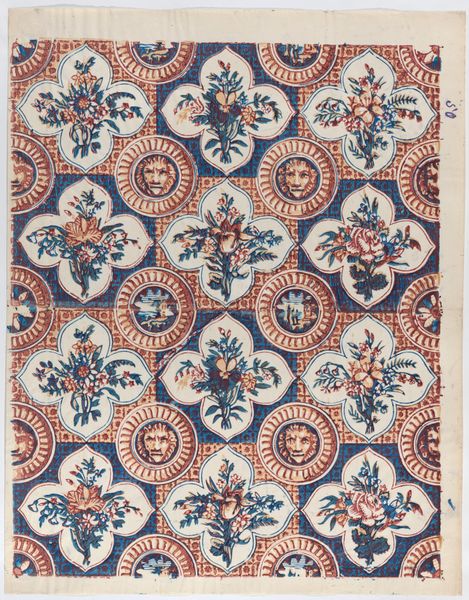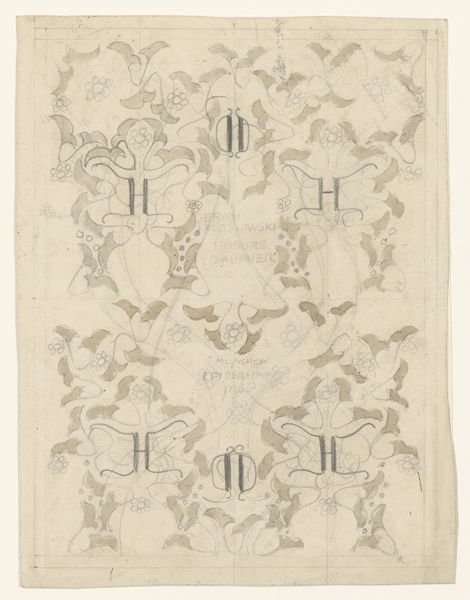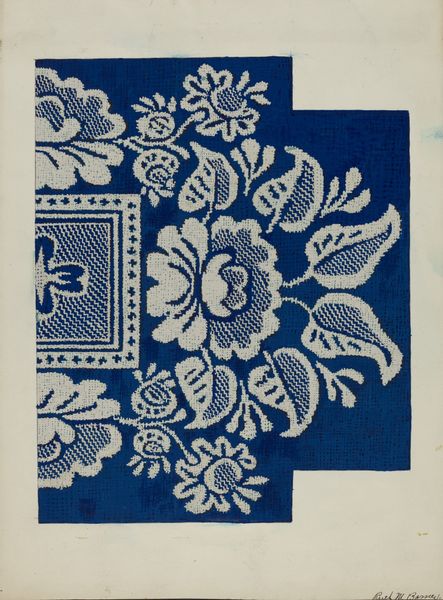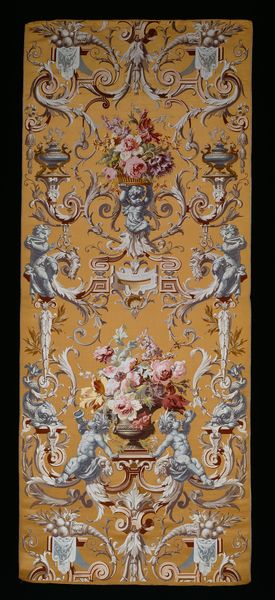
tempera, ceramic, mural
#
tempera
#
landscape
#
ceramic
#
figuration
#
folk-art
#
genre-painting
#
decorative-art
#
mural
#
rococo
Dimensions: height 91 cm, width 52 cm
Copyright: Rijks Museum: Open Domain
These three tile panels with Autumn, Summer and Spring were made by Johannes Aelmis sometime between the late 17th and early 18th centuries. The blue and white tin-glazed earthenware reflects the Dutch Golden Age when the Netherlands dominated global commerce, including the import of Chinese porcelain that inspired this style. Imagine the world Aelmis inhabited, where societal structures dictated strict gender roles. Observe the pastoral scene with its figures who are seemingly free from worldly concerns. The shepherd serenades his love, yet this idyllic image obscures the complex social realities of the time. The tiles represent a longing for an idealized past, a retreat from the rapidly changing urban landscape of the Netherlands. Consider how these panels would have been displayed, perhaps in a wealthy merchant’s home, a subtle display of status and taste. As you contemplate this scene, consider the labor and global exchange that brought these materials and images into being, a reminder of the interconnectedness of art, commerce, and society.
Comments
rijksmuseum about 2 years ago
⋮
Couples with individual attributes represent three of the four seasons. An elegant, Rococo border frames the scenes. The panels probably come from a room once decorated with tiles.
Join the conversation
Join millions of artists and users on Artera today and experience the ultimate creative platform.
